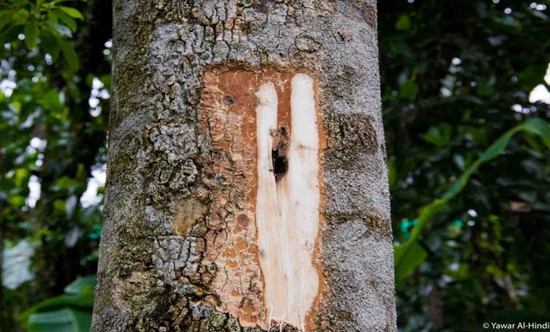India has successfully prevented agarwood from being included in CITES's Review of Significant Trade (RST).

|
CITES |
Appendices
|
Reference
In several Indian states, mothers of young children have education beyond Grade 10, making them valuable assets for NIPUN.
NEP 2020 aims to increase the Gross Enrolment Ratio in higher education including vocational education from 26.3% (2018) to 50% by 2035.
State-wise mother education data
References
Recently, researchers discovered that tinzaparin significantly reduces damage to human cells caused by spitting cobra venom.
Naja pallida

Encounters with venomous snakes kill about 1.4 lakh people every year, especially in the tropical regions of Africa and Asia.
References
The government recently released a report that 1,862 disease outbreaks were reported to the Integrated Disease Surveillance Programme, with Kerala reporting the highest number last year.
References
Recently, researchers have discovered a new method to utilize carbon dioxide (CO2) in ambient conditions, unlike the previously harsh thermal conditions.
Reference